25 books that correctly predicted the future
Categories: Technology
By Pictolic https://pictolic.com/article/25-books-that-correctly-predicted-the-future1.htmlIn 1920, the famous American writer Ray Douglas Bradbury was born. He is often categorized as a science fiction writer and is considered the founder of many of the genre's traditions. However, in fact, Bradbury's work covers not only the science fiction genre. However, in many of his writings, he actually predicted the future and how we live now.

A person is naturally curious and loves various kinds of predictions, especially if they are optimistic. And not only psychics, mediums and fortune-tellers are able to look into the future and foresee events. Many writers also have this ability, in whose books things are often described that were unknown in their time. Here are 25 books that put forward bold and, most importantly, correct guesses about future technologies and events.
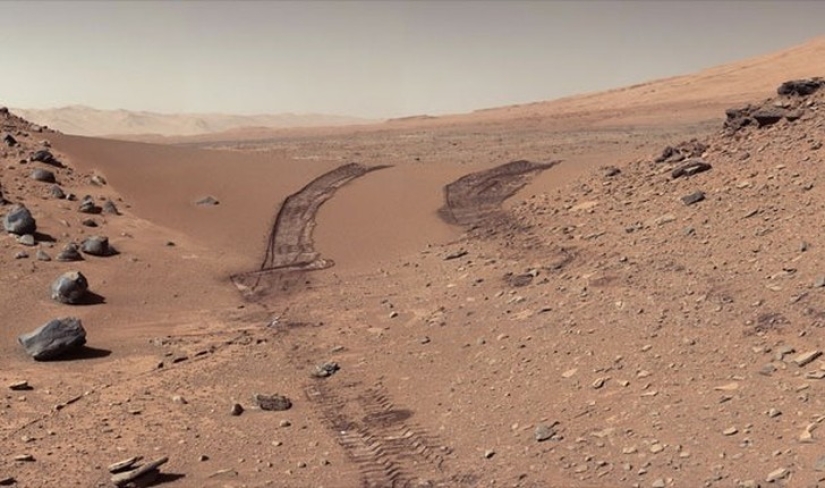
The presence of moons on Mars was predicted by Jonathan Swift in 1735.
Such an amazingly accurate guess can be found in the pages of Gulliver's Travels, written by Jonathan Swift in 1735. Only 142 years later, in 1872, the satellites of the Red Planet - Phobos and Deimos - were discovered by astronomers.
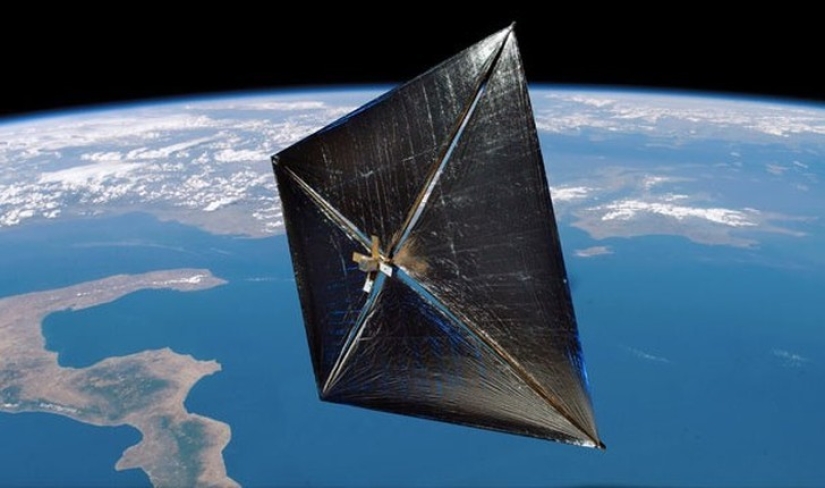
Solar sail (IKAROS) 145 years after the idea.
In 1865, in the fantasy novel From the Earth to the Moon, Jules Verne put forward the idea of solar sails. This bold idea came to fruition 145 years later, when the first solar sail (IKAROS) was used.

Jules Verne described electric submarines.
In the book "20,000 Leagues Under the Sea" (1870) by the same Verne, the amazing submarine "Nautilus" runs on electricity. Real submarines with an electric engine appeared 90 years later - in the 60s of the twentieth century.

Credit cards were predicted 62 years before they were invented.
Edward Bellamy predicted the advent of credit cards in his science fiction work "Looking Back" 62 years before their invention, which happened in 1962.

Smoke trail as advertising.
And again we return to Jules Verne. A rich fantasy suggested to the writer the idea of aerial advertising, when the inscription is drawn by an airplane in the air by means of a smoke trail. The guess was made in a story written in 1889. It was realized quite soon - in 1915 at an air show in San Francisco.

Automatic sliding doors by HG Wells after 60 years.
Another great science fiction writer, HG Wells, predicted automatic sliding doors in When the Sleeper Wakes (1899). This type of door was invented 60 years later.

"Land battleships" of the present.
And a few years later, Wells wrote the story "Land Battleships" (1903), in which he described the tanks. 13 years later, these combat vehicles appeared on the battlefields of the First World War ...
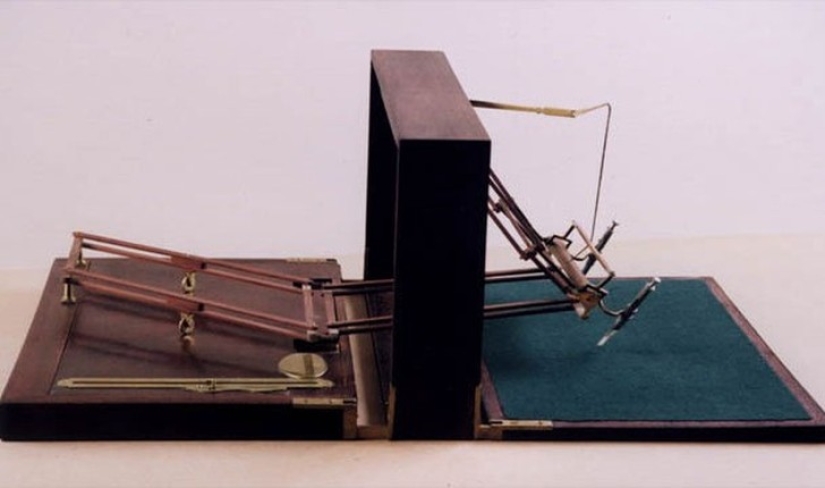
Lie detectors were first mentioned in literature in 1910.
In fiction, the first mention of a lie detector can be found in the work of E. Ballmer and W. Machagen "Luther Trent" (The Achievements of Luther Trant, 1910). The first use of a real polygraph occurred in 1924.

Solar energy for the benefit of mankind.
In 1911, Hugo Gernsbeck began publishing his novel Ralph 124°C 41+ (in the list of books with the strangest titles, this work can also take its rightful place) in Modern Electrics magazine. One of the technical predictions concerned the use of solar energy for the benefit of mankind. 67 years have passed - and in 1978 the first calculators appeared, which were recharged by the energy of our luminary.

The invention of the atomic bomb and nuclear war were described in 1914 by H. G. Wells.
One of the darkest predictions made by H. G. Wells, and which, unfortunately, became a reality, is the invention of the atomic bomb and nuclear war, described in the book The World Set Free (1914). A little more than three decades passed, and atomic bombs fell on Japanese cities. By the way, in the same novel, the English science fiction writer also spoke about cheap atomic energy.

Voice mail is a service for those who do not want to strain their eyesight from HG Wells.
A little more time - about 57 years - was required for the realization of Wells' prediction about the use of voice mail (the novel "People Are Like Gods"). This technical innovation became widespread after 1980.

J. B. S. Haldane was the first to come up with the idea of artificial insemination.
J. B. S. Haldane became famous as a brilliant popularizer of science and a prominent scientist. In one of his books, Daedalus, or Science and the Future (1924), along with other interesting conjectures, he expressed the idea of artificial insemination. The first successful "test tube conception" was carried out after more than five decades, in 1973.

Even Aldous Huxley gave a vivid description of genetic engineering.
In his famous dystopia Brave New World, Aldous Huxley gave a vivid description of genetic engineering. Today's science has not yet reached the level described in the book, although the first genetic manipulations began in 1972.

"Big Brother sees you."
A very impressive picture of the total control of the state over its citizens was drawn by George Orwell in his book "1984", written in 1948. And in 2013, a scandal erupted over the espionage activities of the NSA, which tapped the phones of many American and foreign citizens.

Ray Bradbury was 50 years ahead of Apple.
A description of this type of miniature headphone can be found in the pages of Ray Bradbury's novel Fahrenheit 451, published in 1950. Music lovers had to wait a little more than half a century until Apple launched the first headphones of this kind on the market.
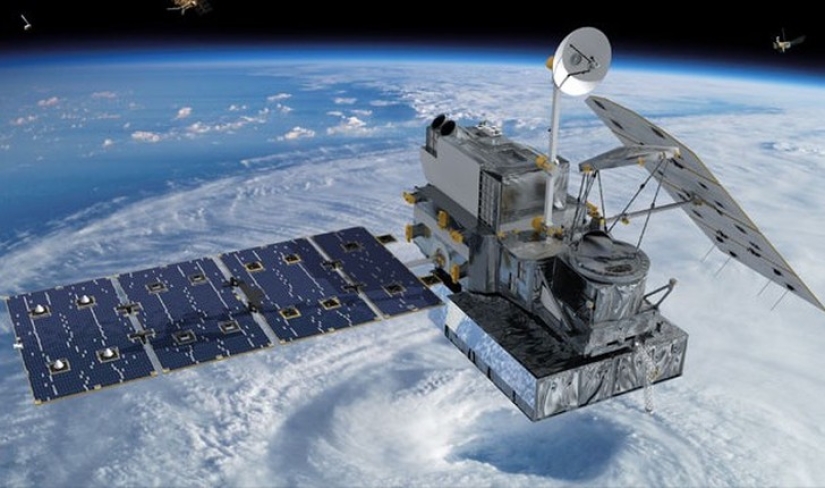
Arthur Clark proposed the appearance of satellites in 1951.
In "Space Odyssey 2001" (1951), the American science fiction writer Arthur C. Clark predicted the appearance of artificial communications satellites in Earth's orbit. It did not take long to wait - already in 1965 the first such satellite was launched.
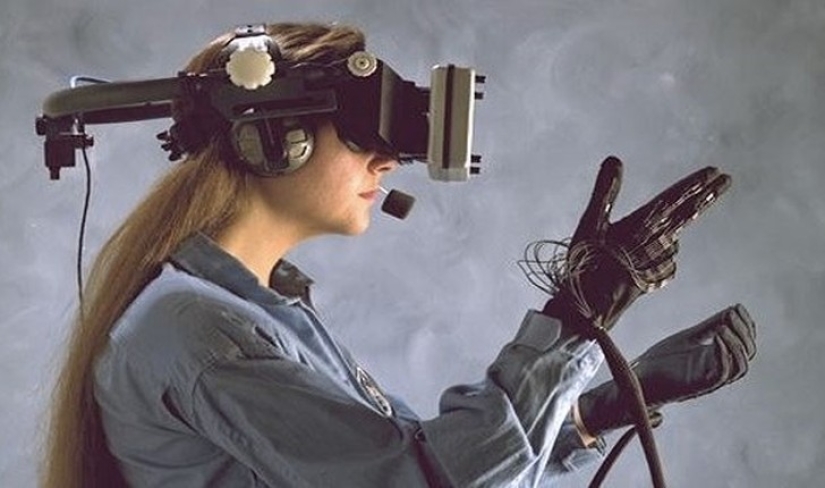
Virtual reality is the conjecture of science fiction writer Arthur C. Clarke.
Five years later, Clarke wrote The City and the Stars, which refers to video games in virtual reality. In 1966, that is, only 10 years later, the first flight simulator was developed, which brought to life this conjecture of a brilliant science fiction writer.

The 1961 book Stranger in a Strange Land is the first to describe waterbeds.
Distinguished himself in the field of predictions and another famous science fiction writer - Robert Heinlein. The 1961 book Stranger in a Strange Land describes waterbeds, and the first patent for them was issued in 1971.
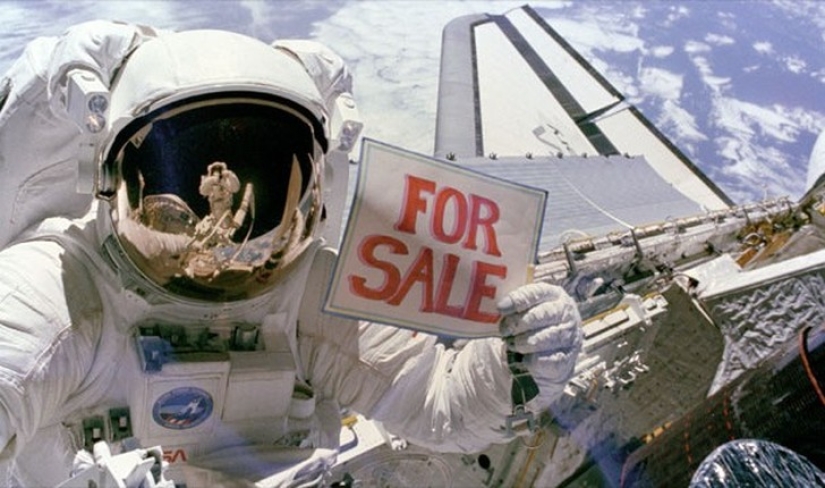
A little more, and space tourism will gain momentum.
The idea of space travel with a tourist purpose was expressed by the same Clark in the novel Moondust, and in practice it was first implemented by Dennis Tito, the first space tourist.

The European Union was formalized in 1993.
In John Brunner's book "All Stand on Zanzibar" (1969), one can find a mention of the European Union, which received official registration in 1993.
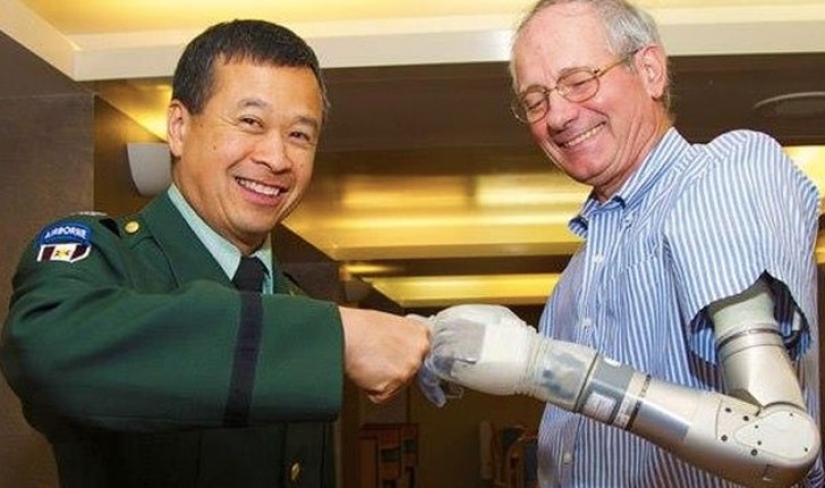
Technological prostheses in the XXI century.
Martin Caidin expressed this idea in the pages of his "Cyborg" (1972). 41 years later, in 2013, the first bionic prosthetic leg was created.

From Babylonian Fish by Douglas Adams in 1980 to the Google app in 2014.
Douglas Adams' humorous The Hitchhiker's Guide to the Galaxy (1980) featured a "Babylonian fish" capable of real-time translation from one language to another. In 2014, Google introduced a real-time translation feature to their app.

The World Wide Web has already covered the whole world.
The founder of the cyberpunk genre, William Gibson, predicted the emergence of cyberspace and hacking in his novel Neuromancer. In the early 90s, the World Wide Web, or simply the Internet, began to cover the Earth with its web, involving more and more PC users in its virtual networks.

Today, the match between man and computer has lost all sporting meaning.
Precisely such a prediction was made by Raymond Kurzweil in the book The Age of Intelligent Machines, published in 1990, when chess computers were still rather weak and were beaten by grandmasters almost without problems. However, after only 7 years, the Deep Blue supercomputer beat Garry Kasparov, the strongest chess player on the planet. Today, chess programs are so strong that the match between a human and a computer has lost all sporting meaning.

The landing of astronauts in the ocean was predicted by Jules Verne in From the Earth to the Moon (1865).
104 years before the flight of Apollo 11 to the Moon, this is how everything was described in Jules Verne's novel From the Earth to the Moon (1865). Everything went according to the same scenario in reality - a team of American astronauts led by Neil Armstrong splashed down in a special module and was soon picked up by the Hornett aircraft carrier.
Recent articles

While the Red Army used the "front-line hundred grams", methamphetamines were used on the other side of the trenches. Under the ...

Now you will see those who manage to stand or sit in such a ridiculous or funny pose that you involuntarily want to ask-how is it ...

Get ready for an amazing journey into the world of strange design that will make you smile, admire and maybe even… scare. After ...